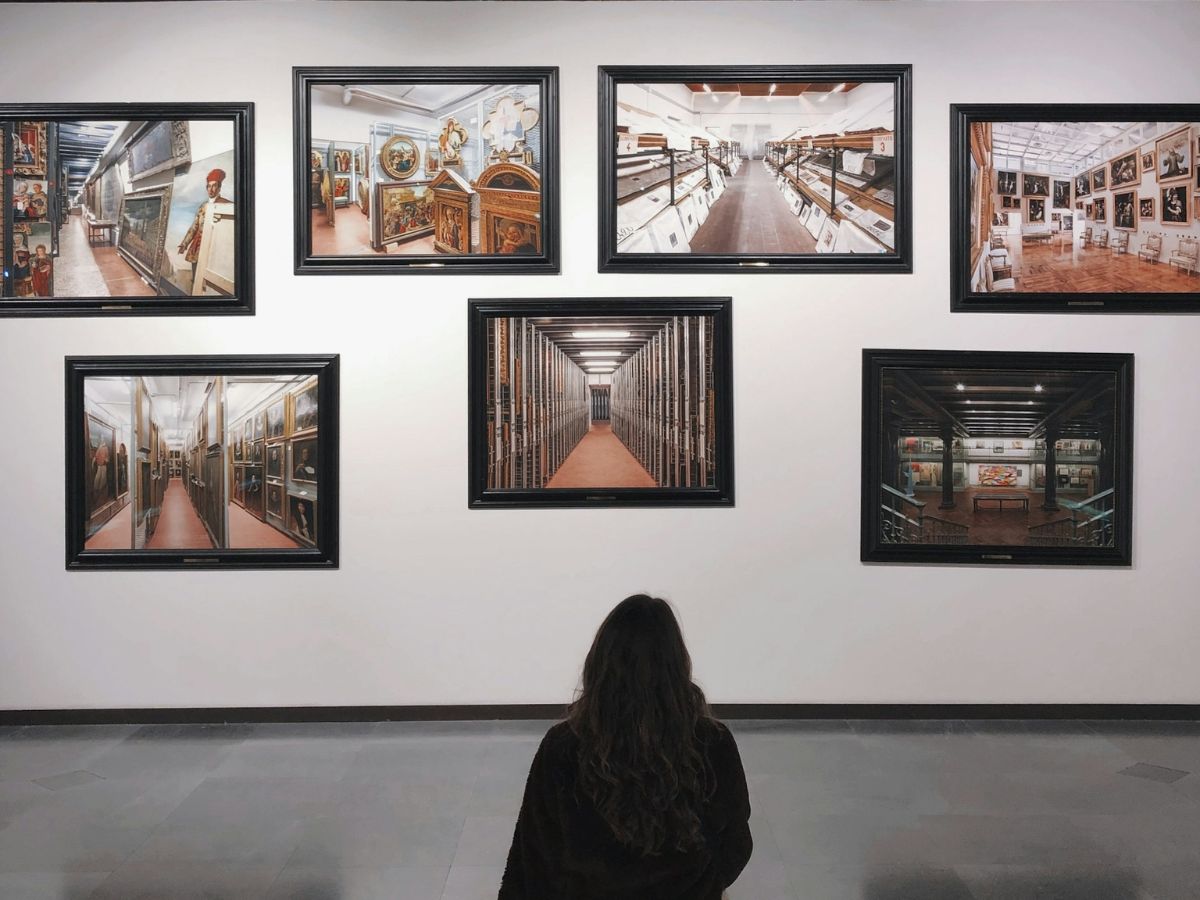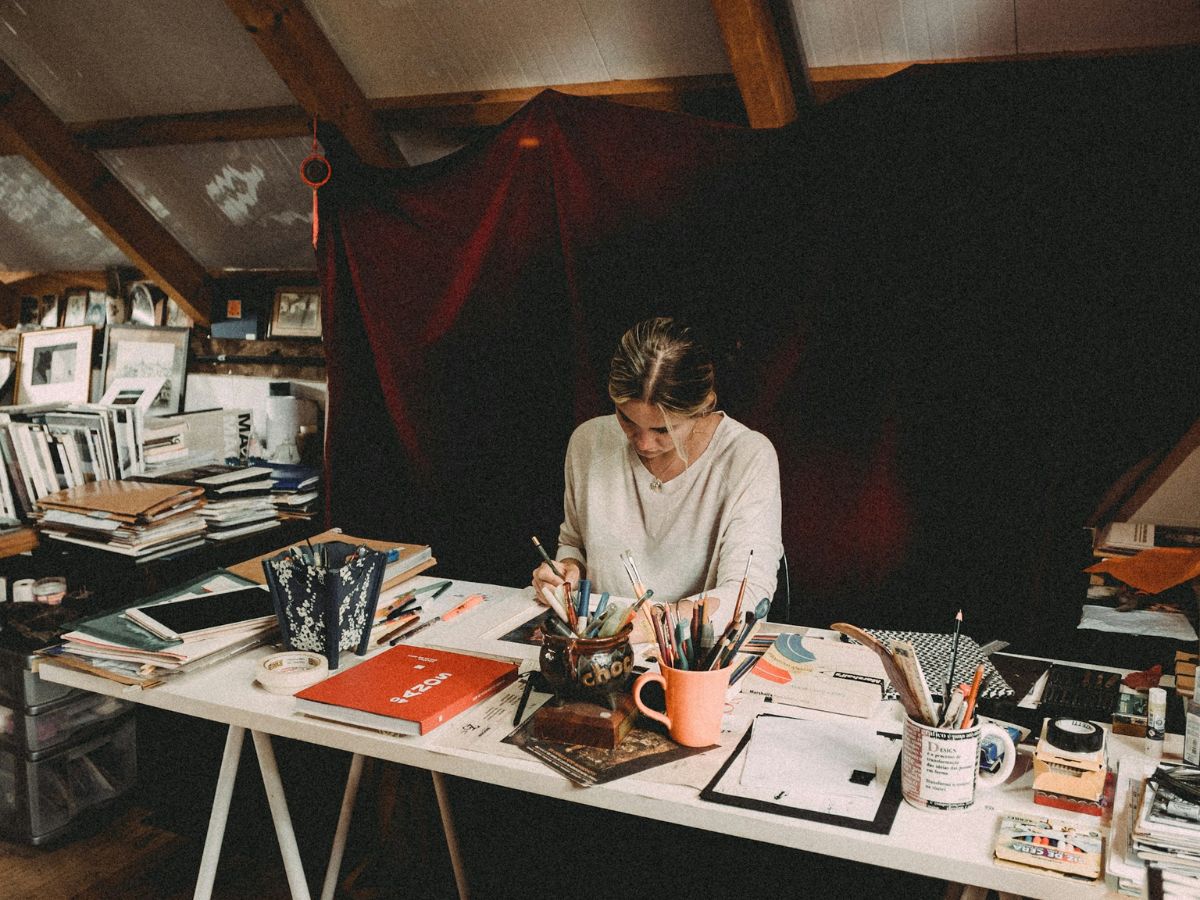
How to Varnish an Acrylic Painting: Step-by-Step Guide for Artists
Varnishing an acrylic painting is an essential final step that protects your artwork and enhances its appearance. A varnish not only provides a protective barrier against dust, dirt, and UV rays but also helps to even out the painting’s finish, making the colors look richer and more vibrant. Whether you’re a seasoned artist or new to painting, this guide will walk you through the process of varnishing an acrylic painting successfully.







